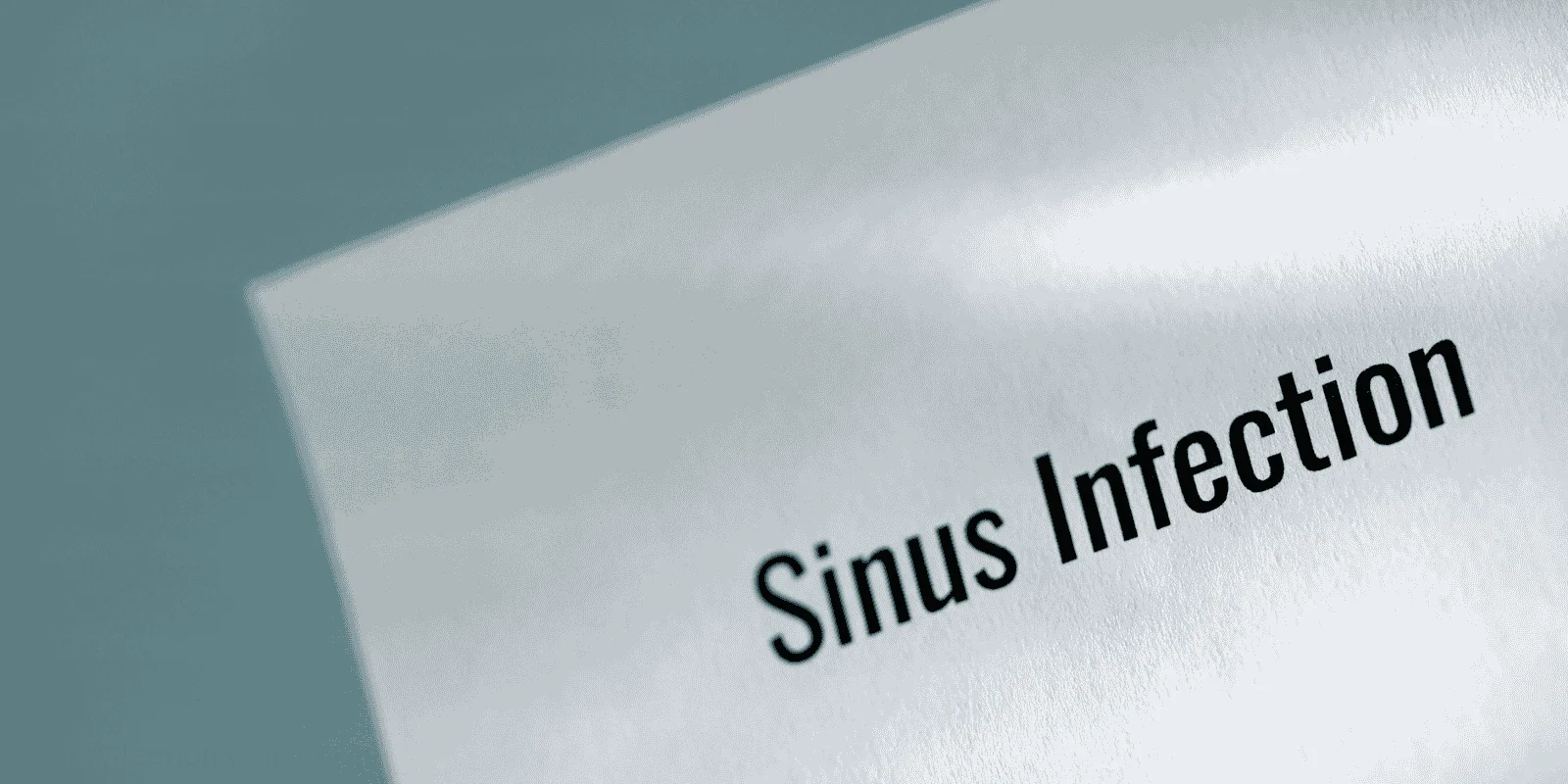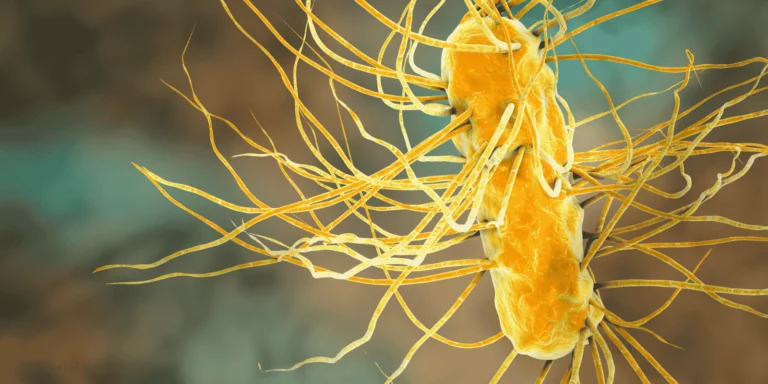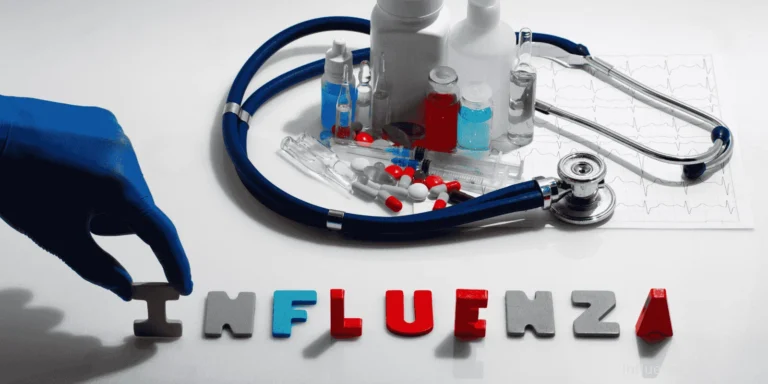“Every spring, my head feels like it’s going to explode,” my patient explained. “Is this allergies or do I need antibiotics for a sinus infection?”
This diagnostic challenge appears in my practice constantly. Sinus infections and allergies create remarkably similar symptoms, but treatment approaches differ completely. Here’s how we tell them apart.
Timeline Provides Crucial Clues
Allergies follow seasonal patterns. If your symptoms appear every spring when trees bloom or every fall during ragweed season, allergies are likely.
Sinus infections develop sporadically, often following colds or respiratory illnesses. They don’t coincide with pollen counts or weather changes.
Discharge Characteristics
Allergy discharge stays thin and clear, like water running from your nose. It may be copious but rarely thickens significantly.
Sinus infection discharge becomes thick and colored — yellow, green, or gray. The consistency changes from thin to sticky or paste-like.
Pain Location and Quality
Allergy pressure feels generalized across your face and head, like wearing a tight headband.
Sinus infection pain localizes to specific areas:
- Above eyebrows (frontal sinuses)
- Cheek and upper teeth (maxillary sinuses)
- Between eyes (ethmoid sinuses)
- Behind eyes (sphenoid sinuses)
Associated Symptoms
Allergies commonly cause:
- Itchy, watery eyes
- Sneezing fits
- Scratchy throat
- Ear itching or fullness
Sinus infections typically produce:
- Facial tenderness over sinus areas
- Tooth pain (upper teeth)
- Reduced sense of smell
- Bad breath from infected drainage
Fever Differences
Allergies never cause fever. If you’re running a temperature with sinus symptoms, infection is more likely.
Bacterial sinus infections often produce low-grade fevers, especially during the first few days.
Response to Medications
Antihistamines and decongestants provide significant relief for allergic symptoms within hours.
Allergy medications don’t help true sinus infections, though they might temporarily reduce some congestion.
Physical Examination Findings
Allergic nasal tissues appear pale, swollen, and boggy. We often see clear fluid drainage.
Infected sinuses create red, inflamed nasal passages with thick, colored secretions visible during examination.
Timing of Symptoms
Allergies worsen at specific times — morning and evening for some pollens, after outdoor exposure for others.
Sinus infections produce consistent symptoms that don’t fluctuate based on time of day or environmental exposure.
Duration Patterns
Allergy symptoms persist as long as allergen exposure continues — weeks or months during pollen seasons.
Acute sinus infections typically last 7-10 days with treatment, up to 3-4 weeks without treatment.
Family History Relevance
Allergies run in families. If parents have seasonal allergies, children are more likely to develop them.
Sinus infections aren’t typically inherited, though anatomical features that predispose to them might be.
Diagnostic Tools We Use
Allergy testing can identify specific triggers through skin tests or blood work.
CT scans may be ordered for recurrent or chronic sinus problems to evaluate anatomy and infection extent.
Nasal endoscopy allows direct visualization of sinus openings and drainage patterns.
Treatment Response Patterns
Allergies improve with avoidance measures, antihistamines, nasal steroid sprays, and sometimes allergy shots.
Bacterial sinus infections require antibiotics for resolution, though supportive care helps manage symptoms.
Mixed Presentations
Sometimes both conditions coexist. Allergies can trigger sinus infections by causing swelling that blocks normal drainage.
Chronic sinusitis may develop from repeated allergic inflammation and secondary bacterial infections.
When Professional Evaluation Helps
Consult healthcare providers when:
- Symptoms persist beyond typical allergy season duration
- Over-the-counter allergy medications don’t provide relief
- You develop fever with sinus symptoms
- Facial pain becomes severe or one-sided
- Symptoms significantly impact daily activities
Red Flags Requiring Immediate Care
Seek urgent medical attention for:
- Sudden severe headache with sinus symptoms
- Vision changes or eye swelling
- Stiff neck with facial pain
- High fever with severe facial pain
Understanding these distinguishing features helps patients and providers work together to identify the correct diagnosis and implement appropriate treatment strategies for optimal symptom relief.













